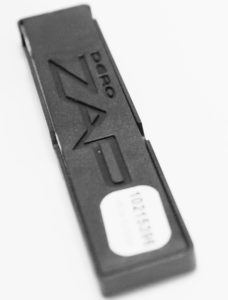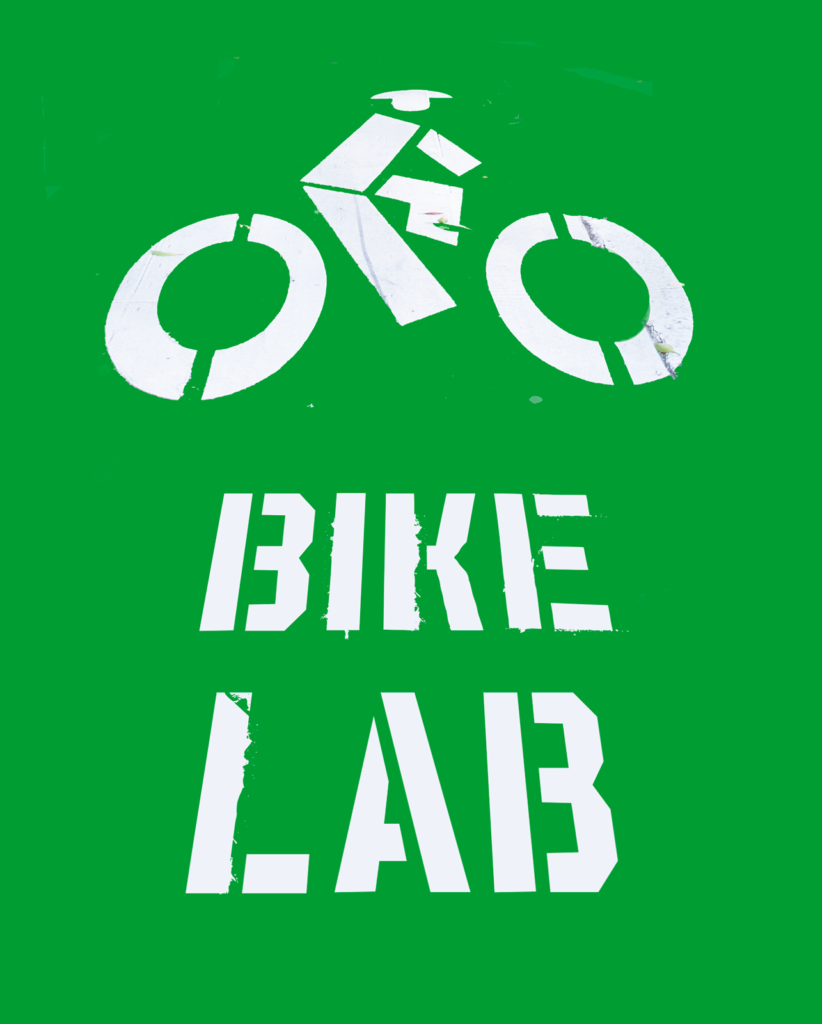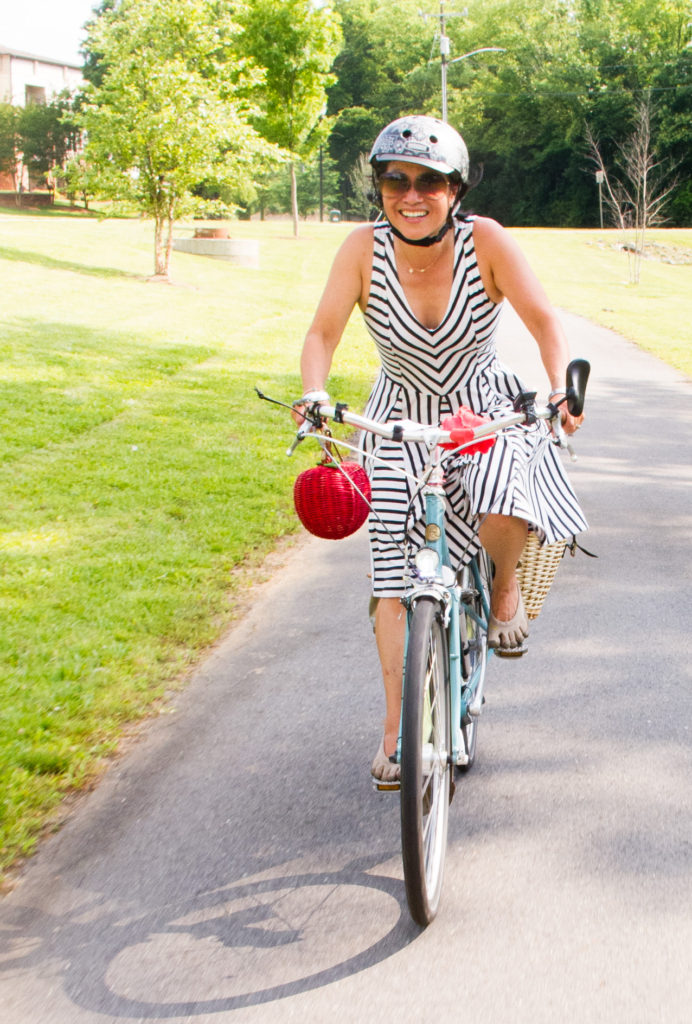My first meeting in Minneapolis was with Steve Sanders, director of their bike and pedestrian programs. Steve has been around UMN for a long time, and has done a lot to encourage cycling during his time there. Partly as a result of his work, the Washington Avenue Bridge, which is the main bike link between downtown Minneapolis and the main campus (which are on opposite sides of the river) sees 7,000 cyclists a day during the school year. The upper deck of the bridge is restricted to bikes and pedestrians only, and it even includes a covered gallery which makes the bridge usable during Minnesota’s harsh winters. In 2011, Washington Avenue at the east end of the bridge was closed to vehicle traffic.
The bridge is an example of how some relatively small changes to existing infrastructure can make a big difference in a place like Minneapolis. Both the Washington Avenue Bridge and the nearby Stone Arch Bridge (originally for rail) have large areas of exclusive bike and pedestrian access. Most places don’t have the luxury of having an underutilized bridge that can act as a major non-motorized corridor between two important areas of the city; it so happens that Minneapolis’ freeways split to the north and south of Washington Street, taking most of the auto traffic pressure off the nearby bridges.
Austin, for example, has a much lower density of bridges, which leads them to be fairly bike-unfriendly, though most have some sort of access. Really, Portland is the only U.S. city I can think of which has similarly pleasant options for bridging of the central river by non-motorized means, so it’s no wonder that UMN has so many people commuting on bikes.
(More on “pleasant” facilities later).

One of the things Steve is running is the Dero ZAP bike commuting program. Participants get an RFID chip to attach to their spokes, and readers on the Washington Avenue Bridge and other locations record their trips to campus. Students who make a certain number of trips by bike get entered into drawings to win gift cards and other prizes. For staff and faculty, ZAP rides give you points in the health and wellness program. Earning enough points gives a significant discount off health care costs at the end of the year. It’s a pretty cool way to actively encourage cycling trips.
The ancillary benefit of the program is that the campus gets awesome data. They’ve been able to study weather effects, daylight effects, gender differences, and all sorts of other juicy topics which we so often lack the data to dig into. It’s an opt-in program, so there is some selection bias, but it’s way better than nothing. It would be cool to see something like that in Berkeley.


